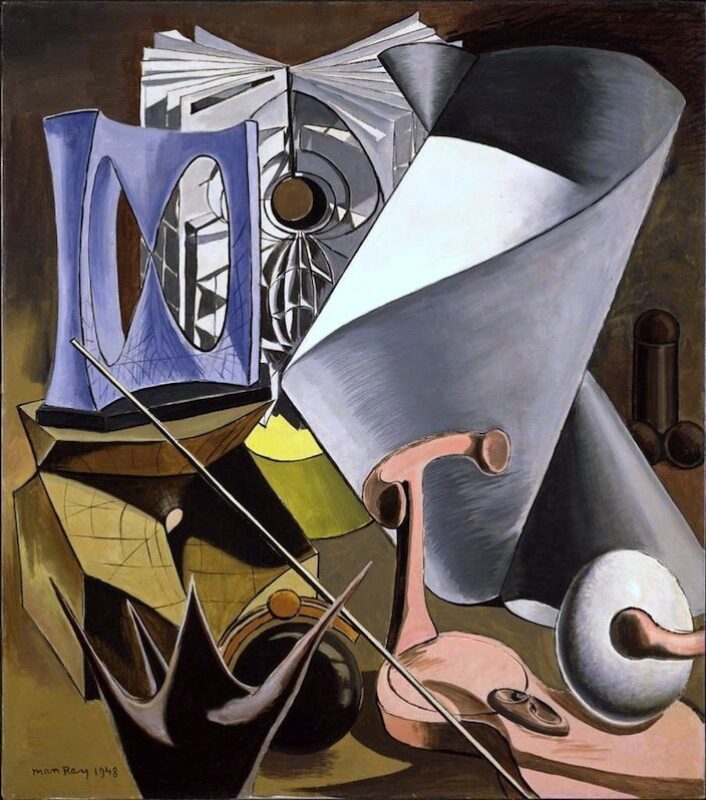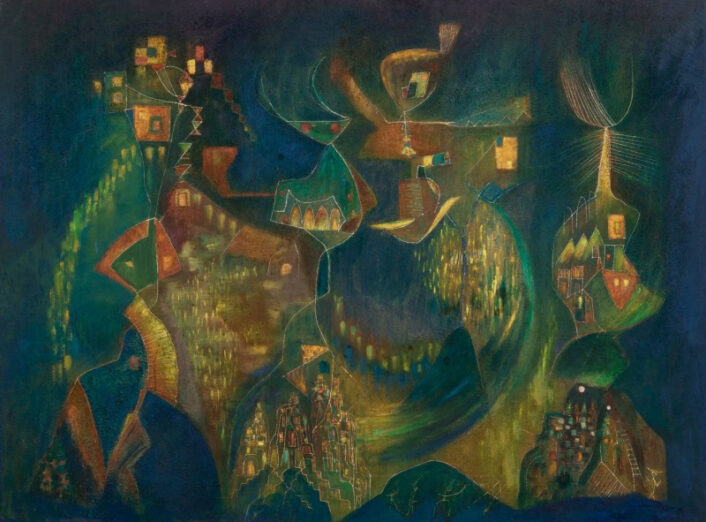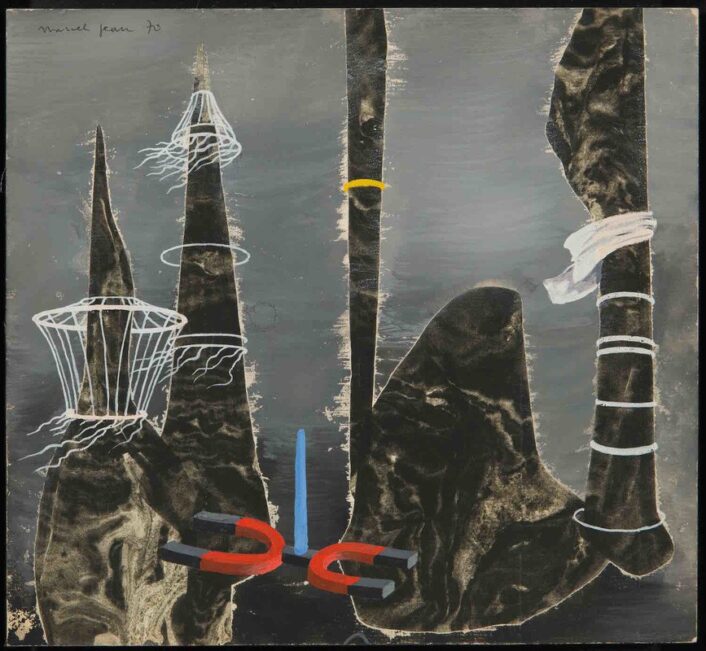Fine Art
Giorgio de Chirico’s magic

“The Poet and His Muse,” 1925.
Dimensions are: 36″ x 29″
Image courtesy of: Philadelphia Museum of Art
Giorgio de Chirico’s unique style and happenstance is somewhat of a mystery in the art world. The artist was born in Greece to Italian parents towards the end of the 19th century. Moving around frequently, de Chirico studied painting in Athens, Munich, and Florence… all of this by the time he was twenty. De Chirico, however, considered himself an Italian through and through.
De Chirico has been credited with inventing Metaphysical Art; an avant-garde art movement that emerged prior to Surrealism. This unique style of painting (courtesy of My Modern Met) “sought to depict dreamlike spaces suspended in mystery.”

From 1914-15, “The Evil Genius of a King.”
Image courtesy of: My Modern Met
The Italian artist was greatly influenced and inspired by Italy’s cityscapes. He recalled that his “breakthrough moment” came while sitting in a Florence piazza, facing a Gothic church that featured a statue of Dante. He recalled, (courtesy of ArtNews) “I had the strange impression that I was looking at these things for the first time, and the composition of the painting revealed itself to my mind’s eye. Now every time I look at this picture, I see that moment once again. Nevertheless, the moment is an enigma for me, in that it is inexplicable. I like also to call the work derived from it an enigma.”
Upon close self- inspection, de Chirico realized that his mental state was in a different realm from his physical surroundings. As such, his art portrayed something and went beyond it… thus, the new movement was called Metaphysical Art. Using a realistic style, de Chirico began experimenting by intersecting eerie environments with strange figures and out-of-place random objects. The end result was a strange place with no specific place or time.
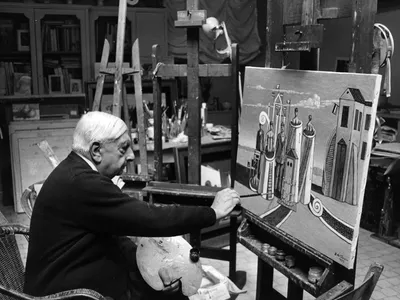
De Chirico at his studio in Rome, circa 1974.
Image courtesy of: Britannica
Metaphysical Art employs architectural elements to define a scene; oftentimes, the structures drawn look disjointed and uninviting. Specifically, de Chirico used rows of archways and columns to guide his audience’s eye across the uninhabited landscape. Those movements typically previewed strong contrasts between light and shadow; this resulted in setting up a suspenseful scene.
Both Greek mythology and the writings of German philosopher Friedrich Nietzsche inspired de Chirico. Highly inspired by these pieces of literature , de Chirico realized that he could translate his sensations into forms on a canvas. What he found was that while his artwork might not be completely understood by his audience, it would elicit powerful sensations and emotions.
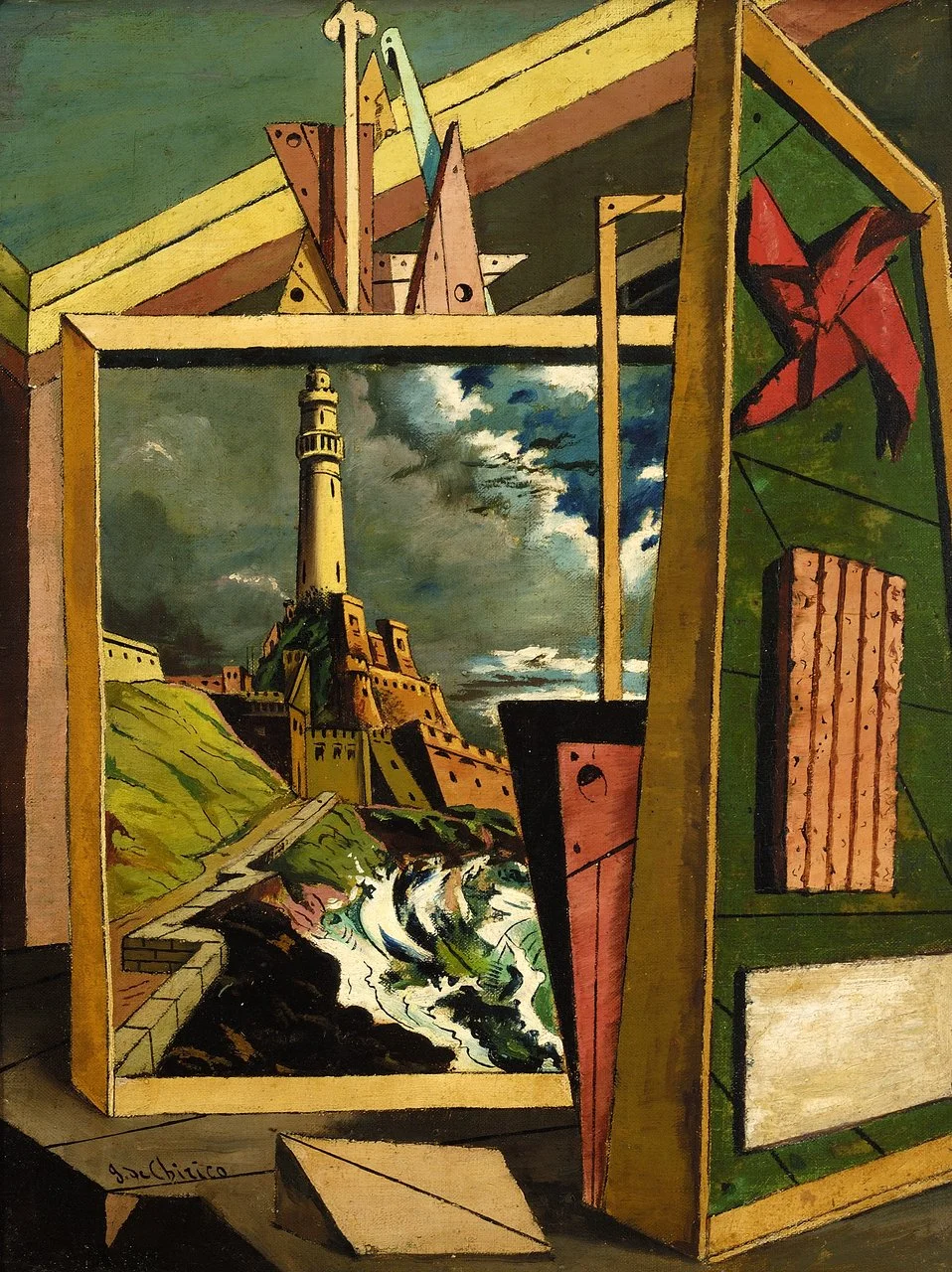
“Interno metafisico (Metaphysical Interior),” 1917.
Image courtesy of: ArtNews
Most of de Chirico’s paintings were noticeably devoid of real human life; however the artist would often include mannequin-like figures that lacked facial features. These unfamiliar forms presented feelings of mystique. Another recurring theme is the sparse environments that de Chirico painted. Frequently, small crowded rooms would be seen packed with objects; as a result, the feeling of claustrophobia was imminent and foreboding.
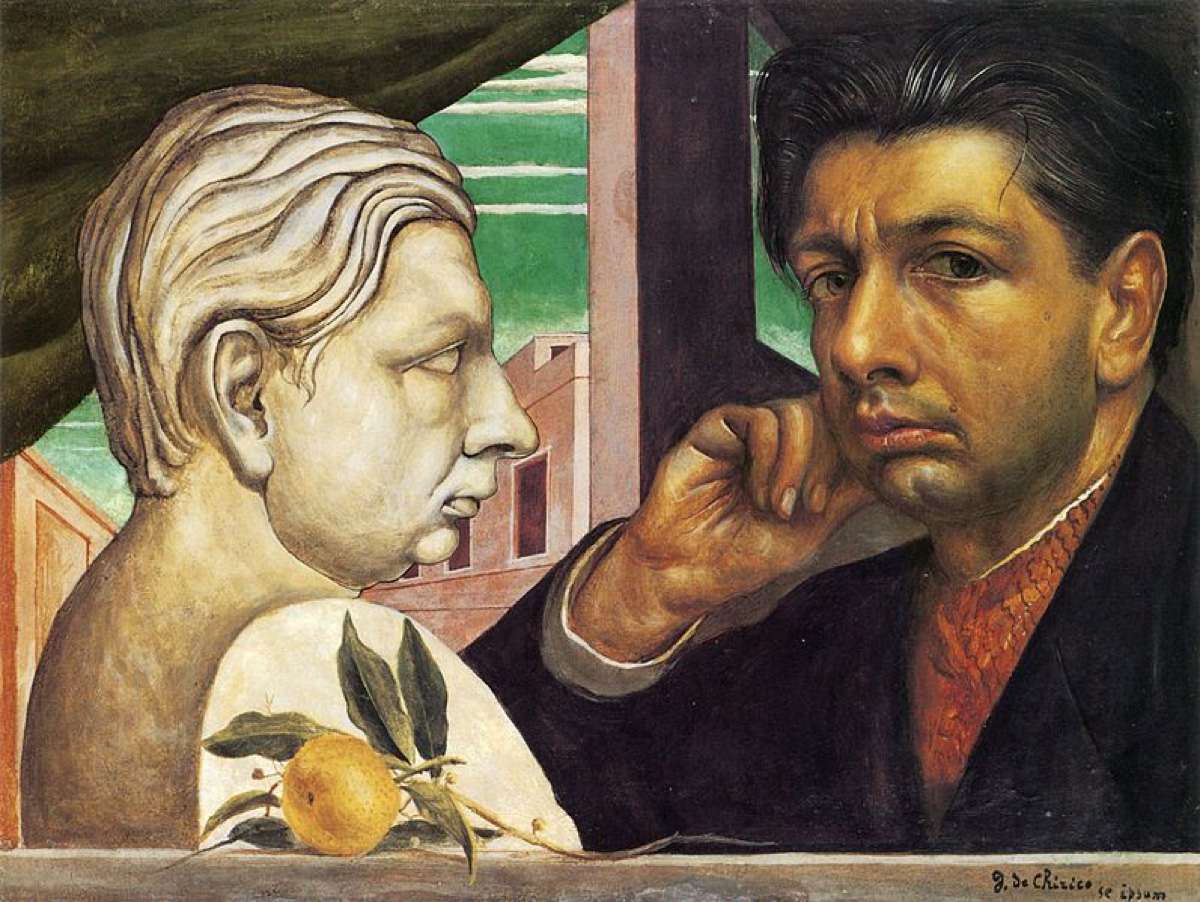
“Self Portrait,” 1922.
The portrait is one of many that de Chirico painted in the 1920s. This one specifically shows de Chirico in the style of the Mannerist painters of the 16th-century. The classical sculpture is also de Chirico… both sides represent the artist’s growing interest in traditional techniques.
Image courtesy of: Thought Co.
In the mid 1920s, de Chirico visited Paris at the invitation of the writer Andre Breton. He met a group of young Surrealist artists who celebrated his previous work and claimed that his art pioneered (courtesy of Thought Co.) “efforts in surrealism.” For a couple of years, de Chirico was called Surrealism’s godfather; however by 1925, the growingly influential movement would disassociate with any of the artist’s works produced after 1917.
For the next fifty years, de Chirico continued to paint. In his later years, de Chirico never duplicated his signature style. To this day, the Italian artist is best known for his Metaphysical Artwork.
